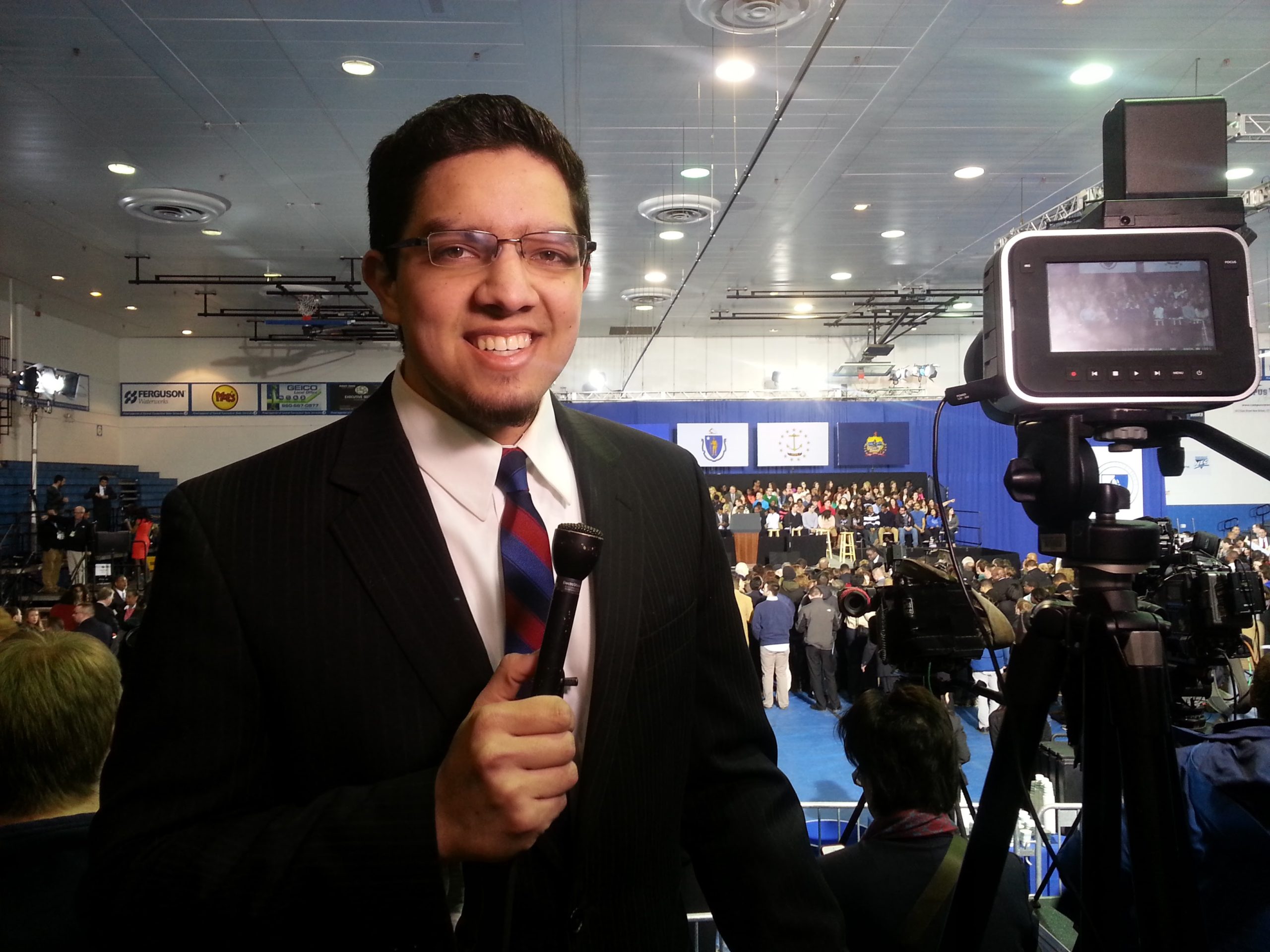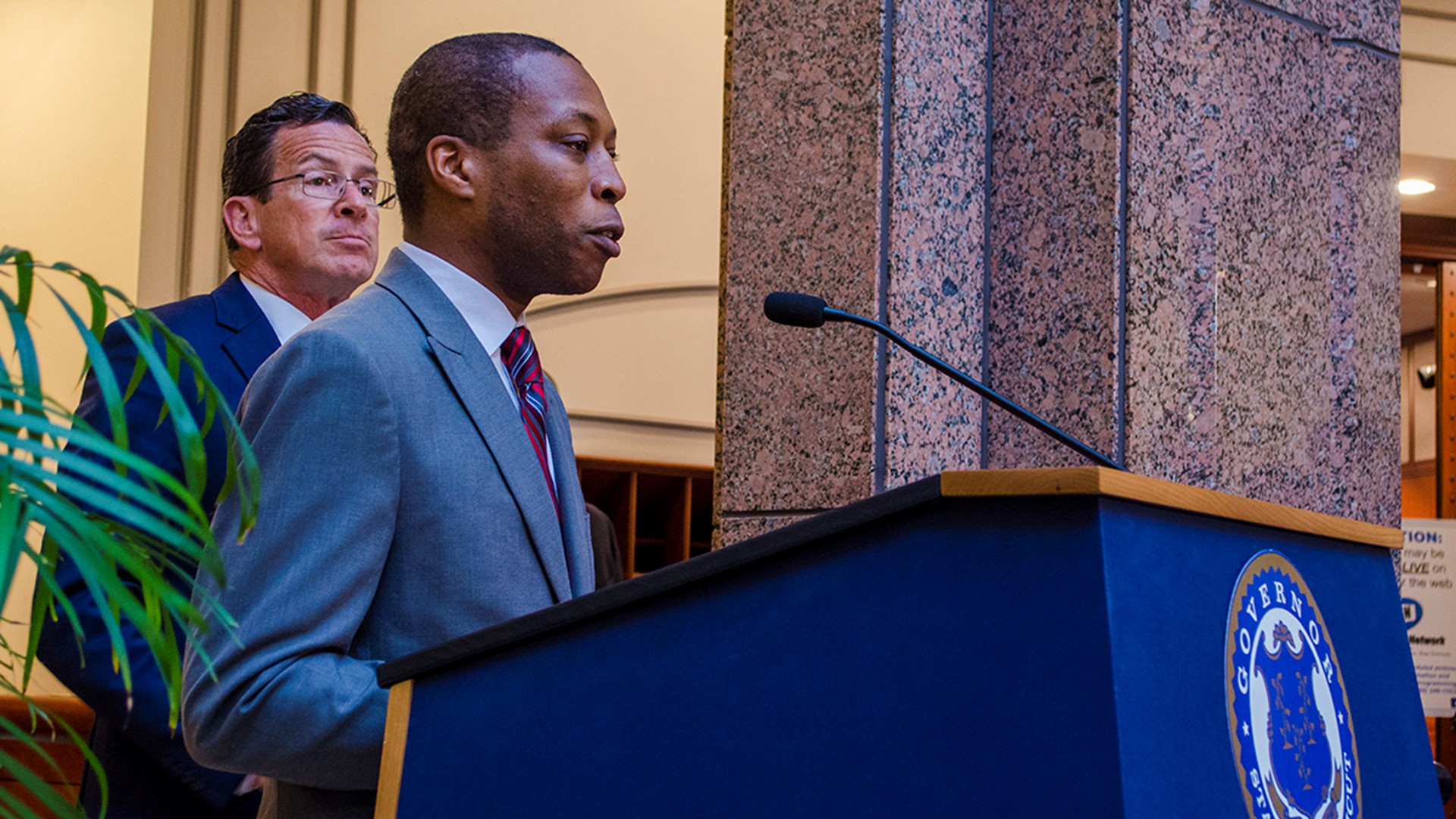Quinnipiac does not have a mummy major, but students do have the chance to work on an international mummy imaging project after two professors received part of a National Science Foundation grant.
The grant will be used to create the world?s first international database of mummy scans. Professors and scientists can collaborate by sharing their X-rays, CT scans and other images of mummified remains with other researchers around the world.
?We?re an integral part of the grant because our Bioanthropology Research Institute is probably one of the most active imaging research institutes in the world,? said Ronald Beckett, professor emeritus of pathophysiology. Beckett and professor of diagnostic imaging Jerry Conlogue are co-executive directors of the institute and have studied more than 1,000 mummies worldwide.
Quinnipiac will provide data and support for the researchers, as well as recruit contributors to the database. Students will have the chance to aid professors in digitizing data and categorizing archives of mummy images.
The $165,000 grant was awarded to a team of researchers based out of the University of Western Ontario, whom Quinnipiac?s research institute has worked with for years. Beckett, Conlogue and their students have traveled to Ireland, England, France, Italy, Mexico, Thailand, Ecuador, Chile and the Philippines to study and scan mummies.
?People don?t realize it but you can find mummies all over the world,? said Conlogue, who has been scanning unconventional remains for 45 years and mummies for 26. ?There really isn?t any content ? except possibly Antarctica ? where you wouldn?t find mummified remains.
?I train people to do X-rays and how to do CT scans. I?ve always been interested in trying to apply medical imaging techniques to non-medical situations. So I?ve done things like wildlife applications like X-raying seal flippers and artifacts like pottery.?
Students learn advanced techniques in imaging while scanning mummies because there are no presets on the machines for mummified remains, Conlogue said. They learn problem solving skills while figuring out how to do these uncommon tests.
?We actually are opening a window into the past,? Conlogue said. ?We?re seeing what life was like. Right now all we have is text, written word. They can sometimes be slanted. But here we have the actual individuals who were alive during a period of history. Their life history is really written in their bones, their skeletons, their teeth, their bodies.?
According to Conlogue, mummies are created either by burying a corpse in a very dry place like a desert or by removing organs then artificially drying the body. If all the water is removed from the body?s tissues, the corpse will dry out and stay preserved as a mummy.
?These mummies are actually testifying to what their life was like,? Conlogue said.






